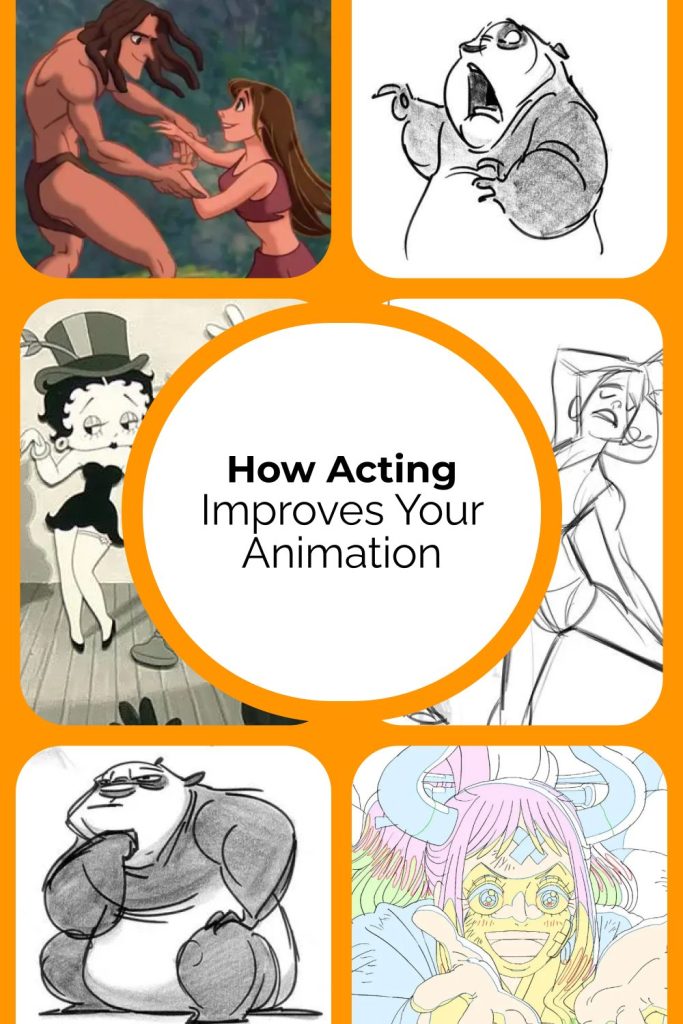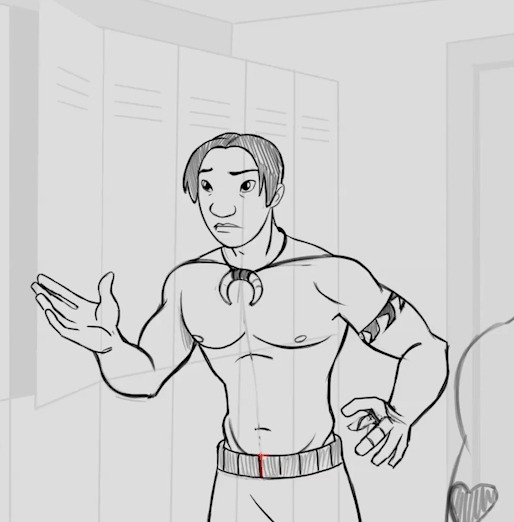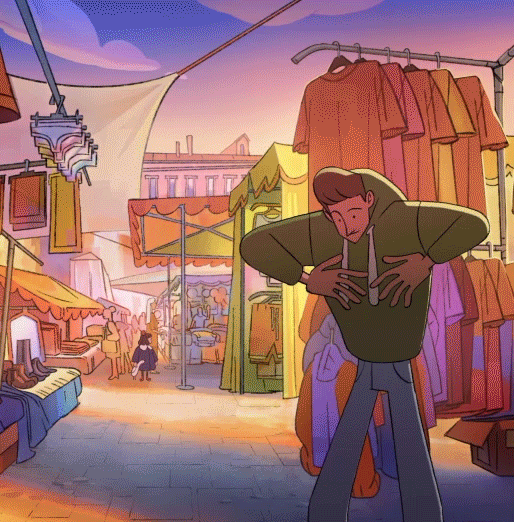Why Animation Is Not About Movement – It’s About the Purpose Behind It
When you watch good animation, what sticks isn’t just the motion – it’s how the character lives through the moment. Whether it’s comedy, drama, or action – if the character moves without purpose or emotion, the scene falls flat. It’s the acting that improves the animation!

Tarzan
Working on acting is what separates someone who just moves a rig from someone who really tells stories. And that’s exactly what recruiters are looking for – to see how you handle emotion and character.
If you want your portfolio to actually work for you, you’ll need to start thinking like an actor. Here’s what helps.
You can always use a mentor to improve your work take our <<Acting in traditional 2D Animation>> Course.
Why Weak Acting Kills a Scene – and How to Fix It
The Eyes
The most obvious thing that ruins acting in animation is a blank stare. When a character just looks straight ahead, eyes wide open through the whole scene – there’s nothing for the audience to connect to. Real emotion lives in the eyes. A subtle blink, a glance away, half-closed lids – these tiny things make a character feel alive.
Dialogue
Another common mistake – ignoring the most important word in the dialogue. Animators often run through the whole line the same way, and the scene turns into mumbling. Every line has a word or moment that carries the emotional weight – that’s exactly where your strongest pose should hit.
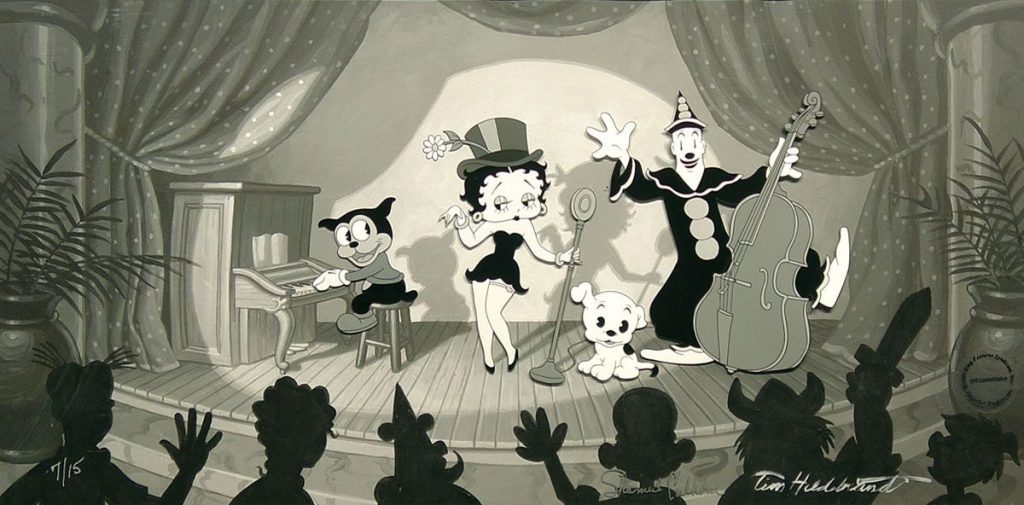
Asymmetry
Symmetry in posing kills the energy too. No one stands perfectly straight in real life. We shift weight to one leg, tilt our heads, and roll our shoulders. But in animation, people often stretch arms and legs for a «nice silhouette» and end up with a lifeless puppet instead of a character.
And don’t forget about grounding and weight. A character who floats or doesn’t react physically just loses all credibility.
See The Secret of Lipsyncing in 2D Animation
How to Make a Scene Feel Alive: What to Focus On
Now you understand what the most common mistakes are lets look at some ways To improve your animation try acting out the scene.
Expressive Eye Movement
Start with the simplest – animate the eyes first. Wide-open eyes all the time look dead. Work the lids, let the gaze shift, and don’t be afraid to «hide» emotion in the eyes. Sometimes the strongest moment in a line lands when the character looks down or even closes their eyes.
Segment the Dialogue
Before you animate, break down the line. Find the one word or moment that matters most. That’s where you build your main accent – pose, pause, or motion change.
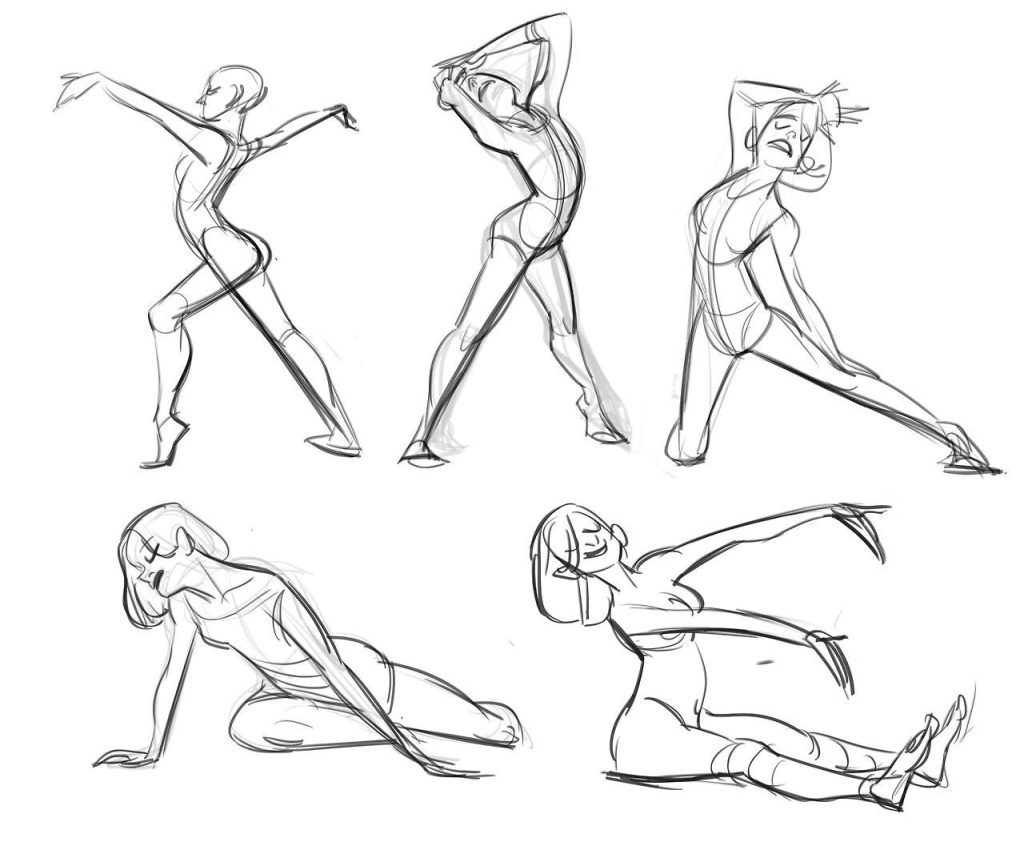
Line of Action
Make sure the character’s body is always asymmetrical. Tilt the torso, shift the hips, and give the pose weight – let the character truly live inside the frame, not just stand frozen.
Breathing Space
And most importantly – let the scene breathe. Don’t rush. Pause where it matters, slow down when the moment needs space. Timing is your best friend in acting.
Act It Out
Before jumping into animation – watch yourself. Record a video, and observe how your body changes during simple lines. You’ll learn more from that than from any online reference.
Check out How to Convey Authentic Emotional Transitions in Animation
How to Build a Portfolio People Actually Want to Watch
Don’t fill your portfolio with action shots only. Recruiters are looking for more than flashy highlights as there are a lot of build-up scenes before you get to the exciting shots. Make sure there are scenes where the character actually feels something – hesitates, doubts, and reacts without words. That shows you know how to build a performance.
The best thing you can do is to explain your choices in the project breakdown as part of your portfolio. Why this pose? Why the pause here? Talk about it. Outlining the behind the scenes of your work shows your attention to detail. Studios love seeing that you’re making intentional decisions.
And seriously – don’t obsess over clean lines. What matters most is whether the scene feels alive. As long as others can tell what is happening in the shot without leaving them with guesswork, then you can add it to your portfolio. It doesn’t have to be perfect. You’ll have time to clean it up later.
Where to Learn Acting for Animation
If you’re ready to dive deeper, start with «Acting for Animators» by Ed Hooks – it’s straight to the point to help improve your animation acting skills. For timing and rhythm – the classic «The Animator’s Survival Kit» is a must to help the emotions hit home.
Check out Sakugabooru – lots of brilliant examples of emotional acting from the best anime animators.
And if you’re ready to level up fast – take classes where every scene gets feedback. It’ll save you months of struggle.
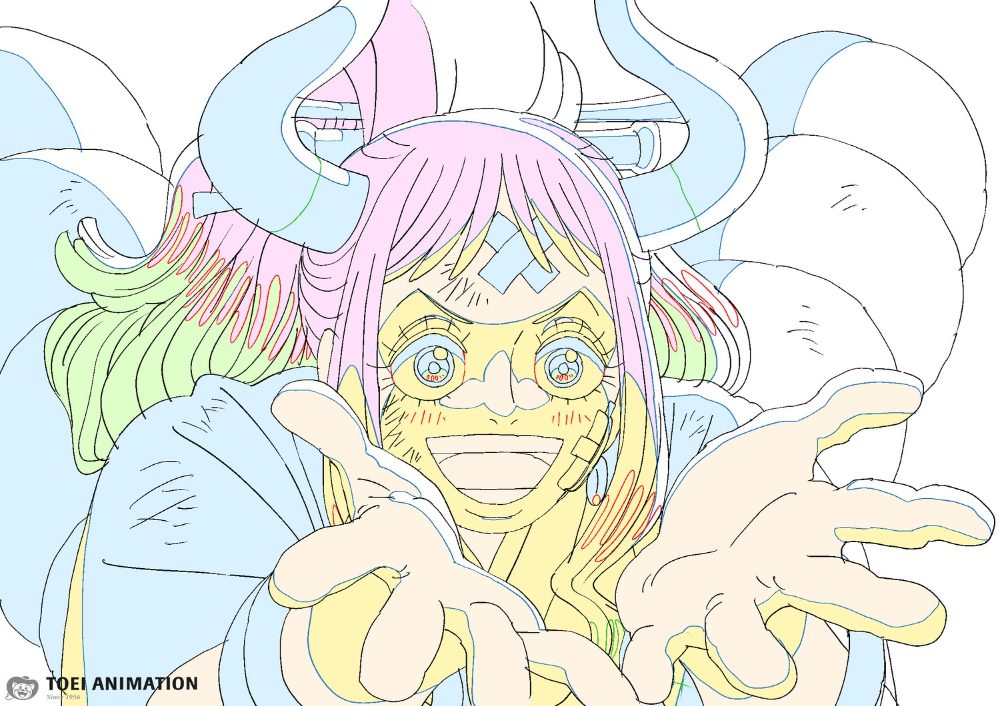
You can also watch an analysis on this topic by Toniko Pantoja.
Final Thoughts
In animation, the ones who stand out are those who know how to show the human inside the character – the fears, joy, doubts, the real reactions. Don’t be afraid to dig into those emotions and try things.
Yes, it’s harder than just moving an arm. But that’s what gets you noticed – and respected.
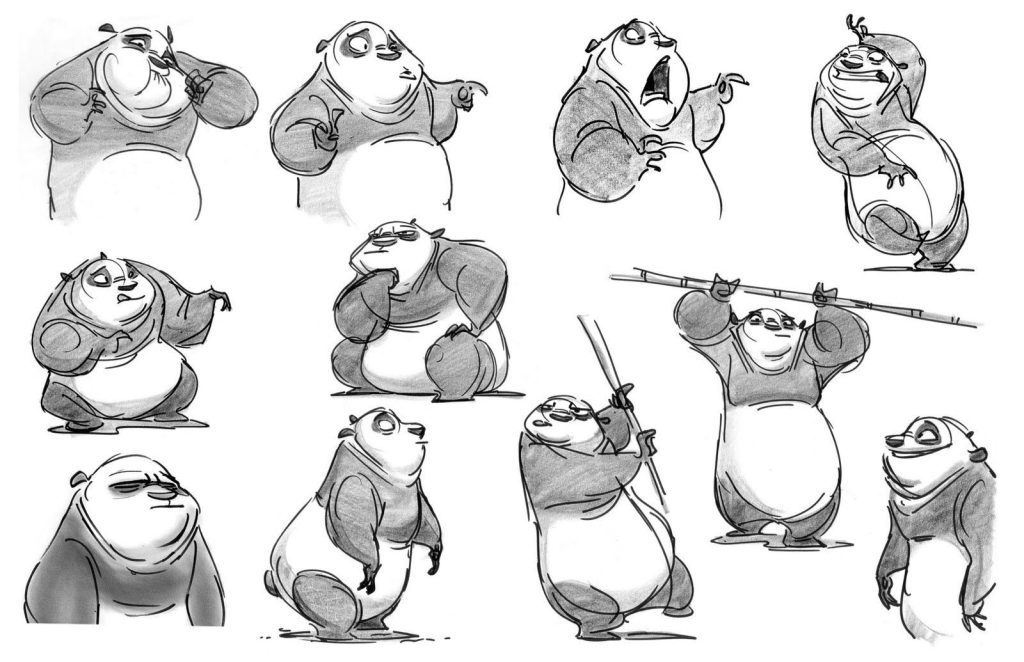
ru.pinterest.com
